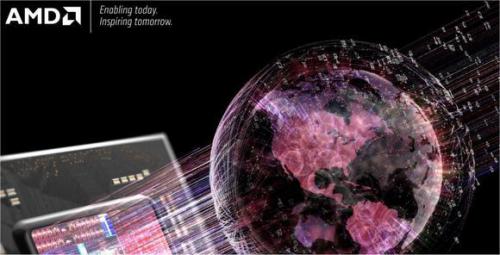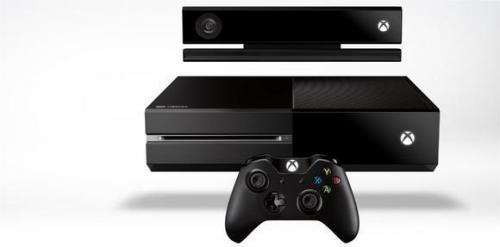没戏,微软根本不会收购AMD
上周有传闻称微软有意收购芯片供应商AMD,这一谈判据称几个月前就开始了,只是目前还没有进一步的细节。
AMD当前市值为18亿美元,微软现金流为953亿美元,从这两个数字来看微软如果想收购AMD应该毫无压力。但是当投资者为这条小道消息而喜大普奔开始哄抢AMD的股票(过去一年里AMD股价已经降了超过40%)之前,咱好好想想这一传闻的合理性是不是经得起推敲。
Microsoft (NASDAQ:MSFT) is rumored to be interested in acquiring chipmaker AMD (NASDAQ:AMD), according to recent reports from Reuters and KitGuru. The takeover talks reportedly started a few months ago, although additional details are currently unknown.
AMD currently has a market cap of $1.8 billion, and Microsoft has $95.3 billion in cash, so it would be an easy purchase for the tech giant. But before investors get too excited about this buzz reviving AMD stock -- which has fallen more than 40% over the past 12 months -- they should understand that these rumors are unlikely to bear fruit.

Possible reasons for buying AMD
AMD has been losing ground to Intel (NASDAQ:INTC) in x86 processors and Nvidia (NASDAQ:NVDA) in graphics cards for years, yet it recently found a comfortable niche with SoCs (system on chips) for gaming consoles. AMD currently provides the SoCs for Sony's (NYSE:SNE) PS4 and Microsoft's Xbox One -- the two top consoles of the current generation.
Microsoft and Sony both pay AMD roughly $100 per console for those SoCs, which merge the CPU and GPU on a single chip. Microsoft has sold 12.6 million Xbox Ones since late 2013, which equals $1.26 billion in payments to AMD. Therefore, buying AMD to save the gross profits on those payments (estimated to be about 20%) sounds like a good idea. Sony would be ironically forced to pay Microsoft to keep using AMD SoCs if Microsoft bought AMD, and Microsoft could further lower the price of the Xbox One to undercut the PS4.

AMD claims that its graphically powerful SoCs are well-suited for augmented reality (AR) and virtual reality (VR) applications. If Microsoft acquires AMD, it could install those SoCs in the HoloLens AR headset and similar devices. AMD also owns a software suite for VR headsets, known as LiquidVR, which reduces the lag in VR image processing that can cause motion sickness. That software, which only works with AMD hardware, could be useful if Microsoft expands its presence into the VR market.
But here's the problem
Microsoft and AMD certainly have some aligned interests, but AMD has huge flaws that could offset any synergistic gains. AMD's business is split into two parts -- the Computing & Graphics (x86 chips, GPUs, and graphics cards) division and the Enterprise, Embedded, and Semi-Custom (SoCs, embedded chips) one.
Last quarter, revenue at Computing & Graphics, which accounted for 52% of AMD's top line, fell 38% annually to $532 million, and its operating loss widened from $39 million to $107 million. This was due to lower PC sales and competitive pressure, which forced AMD to lower prices to preserve market share.
AMD's EESC business, which generated the remaining 48% of its top line last quarter, fared slightly better. Sales slipped just 7% annually to $498 million, but operating income dropped 47% to $45 million. AMD blamed "seasonally lower sales" of semi-custom SoCs, hinting that rising sales of consoles wasn't enough to lift the entire business. Therefore, it's impractical for Microsoft to inherit all those problems just to cut the cost of the Xbox One or gain an early edge in the fledgling AR/VR markets.
A partial sale wouldn't work
To cut off the burnt crust, Microsoft could theoretically buy AMD's EESC division and leave the Computing & Graphics unit with AMD. Unfortunately, AMD probably wouldn't agree to that partial sale for two reasons.
- 中国正探寻如何快速进驻HPC芯片领域(03-23)
- 一季度AMD全球处理器市场份额遭英特尔蚕食(07-01)
- 显卡市场份额之争 AMD逐渐让位NVIDIA(08-04)
- AMD 2016-2017 x86处理器路线图曝光(05-08)
- AMD结合显示与传统芯片力拚数据中心市场(05-18)
- 通过创新架构和电源技术提升处理器能效(08-05)
